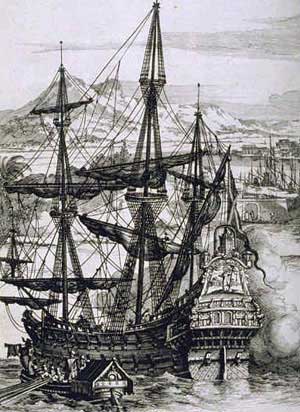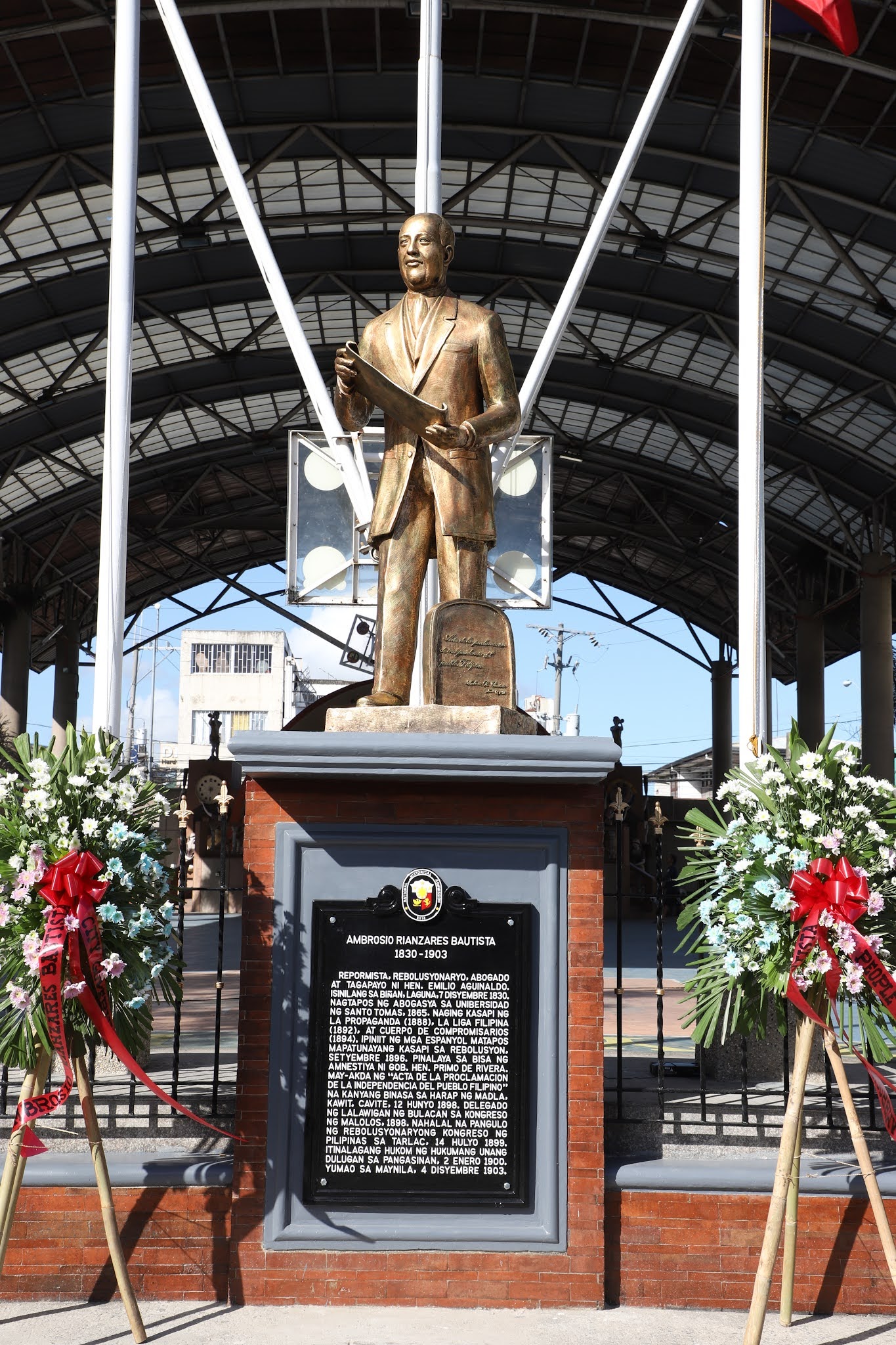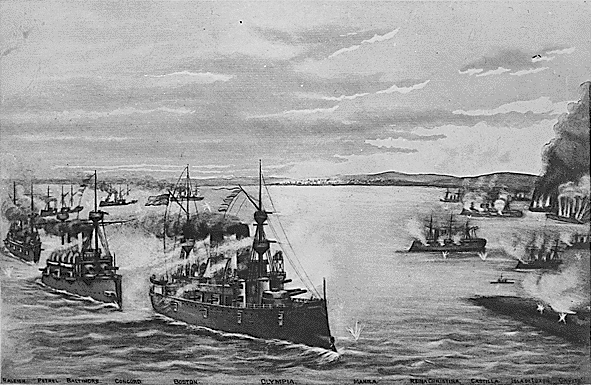|
Independence Day (Philippines)
Independence Day (; also known as ''Araw ng Kalayaan'', "Day of Freedom") is a national holiday in the Philippines observed annually on June 12, commemorating the declaration of Philippine independence from Spain in 1898. Since 1978, it has been the country's National Day. History The earliest recorded event related to the holiday was when Andres Bonifacio, along with Emilio Jacinto, Restituto Javier, Guillermo Masangkay, Aurelio Tolentino, Faustino Manalak, Pedro Zabala, and few other Katipuneros went to Pamitinan Cave in Montalban (now Rodriguez, Rizal) to initiate new members of the Katipunan. Bonifacio wrote ''Viva la independencia Filipina!'' or ''Long Live Philippine independence'' on walls of the cave after the Spanish discovery of the revolutionary group. Bonifacio also led the Cry of Pugad Lawin, which signals the beginning of the Philippine Revolution. Members of the Katipunan, led by Bonifacio, tore their community tax certificates (''cedulas personales'' ... [...More Info...] [...Related Items...] OR: [Wikipedia] [Google] [Baidu] |
Philippine Revolution
The Philippine Revolution ( or ; or ) was a war of independence waged by the revolutionary organization Katipunan against the Spanish Empire from 1896 to 1898. It was the culmination of the 333-year History of the Philippines (1565–1898), colonial rule of Spain in the archipelago. The Captaincy General of the Philippines, Philippines was one of the last major colonies of the Spanish Empire, which had already suffered Spanish American wars of independence, a massive decline in the 1820s. Cuban War of Independence, Cuba rebelled in 1895, and in 1898, the United States Spanish–American War, intervened and the Spanish soon capitulated. In June, Philippine revolutionaries Philippine Declaration of Independence, declared independence. However, it was not recognized by Spain, which sold the islands to the United States in the Treaty of Paris (1898), Treaty of Paris. Led by Andrés Bonifacio, the Katipunan was formed in secrecy in 1892 in the wake of the nascent La Liga Filipina ... [...More Info...] [...Related Items...] OR: [Wikipedia] [Google] [Baidu] |
The Philippine Daily Inquirer
The ''Philippine Daily Inquirer'' (''PDI''), or simply the ''Inquirer'', is an English-language newspaper in the Philippines. Founded in 1985, it is often regarded as the Philippines' newspaper of record. The newspaper is the most awarded broadsheet in the Philippines and the multimedia group, called The Inquirer Group, reaches 54 million people across several platforms. History The ''Philippine Daily Inquirer'' was founded on December 9, 1985, by publisher Eugenia Apóstol, columnist Max Solivén, together with Betty Go-Belmonte during the last days of, and becoming one of the first private newspapers to be established under the Marcos regime. The ''Inquirer'' succeeded the weekly ''Philippine Inquirer'', created in 1985 by Apostol to cover the trial of 25 soldiers accused of complicity in the assassination of opposition leader Ninoy Aquino at Manila International Airport on August 21, 1983. Apostol also published the '' Mr. & Ms. Special Edition'', a weekly tabloid oppose ... [...More Info...] [...Related Items...] OR: [Wikipedia] [Google] [Baidu] |
Ambrosio Rianzares Bautista
Ambrosio Rianzares Bautista y Altamira (December 7, 1830 – December 4, 1903), also known as Don Bosyong, was a Filipino lawyer and author of the Declaration of Philippine Independence. A distant relative to the Rizal family and the Bonifacio family, Bautista often gave advice to José Rizal, a Filipino nationalist, while studying in Manila. Early life and career in the Malolos Congress Bautista was born in Biñan, La Laguna (now Laguna) to Gregorio Enriquez Bautista and Silvestra Altamira. He attended preparatory school in Biñan and studied law at University of Santo Tomas, obtaining a degree in 1865. He practiced law in Manila and offered free legal services to poor clients. Whilst practicing law, Bautista, on his way to Malolos, Bulacan, was captured by a group of bandits, who subsequently learned that he saved many of their friends as a defender of the poor in court cases against rich Filipinos and Spaniards. The bandits apologized to Bautista and set him free. Political ... [...More Info...] [...Related Items...] OR: [Wikipedia] [Google] [Baidu] |
Kawit
Kawit, officially the Municipality of Kawit (), is an urban municipality of the Philippines, municipality in the Philippine Province, province of Cavite, Philippines. According to the 2020 census, it has a population of 107,535. It is one of the notable places that had a major role in the country's history during the 1800s and 1900s. Formerly known as Cavite el Viejo, and the name Kawit is from the word'' kalawit'' (referring to either a fish hook or a larger fishing contraption, referring to the area's traditional pescetarian lifestyle and cuisine). It is also the birthplace of Emilio Aguinaldo, the first List of presidents of the Philippines, president of the Philippines, who from 1895 to 1897, served as the municipality's chief executive. The Aguinaldo home, where Philippine Declaration of Independence, independence from Spain was declared on June 12, 1898, is now formally called the Aguinaldo Shrine. Kawit is from Imus and from Manila. Etymology The name Kawit is de ... [...More Info...] [...Related Items...] OR: [Wikipedia] [Google] [Baidu] |
Battle Of Manila Bay
The Battle of Manila Bay (; ), also known as the Battle of Cavite, took place on May 1, 1898, during the Spanish–American War. The American Asiatic Squadron under Commodore George Dewey engaged and destroyed the Spanish Pacific Squadron under ''Contraalmirante'' (Rear admiral) Patricio Montojo. The battle took place in Manila Bay in the Philippines, and was the first major engagement of the Spanish–American War. The battle was one of the most decisive naval battles in history and marked the end of the Spanish colonial period in Philippine history. Tensions between Spain and the United States worsened over the Spanish conduct during their efforts to quell the Cuban War of Independence, with many Americans being agitated by largely falsified reports of Spanish atrocities against the Cuban population. In January 1898, fearing the fate of American interests in Cuba due to the war, the cruiser was dispatched to protect them. Less than a month later, the cruiser explo ... [...More Info...] [...Related Items...] OR: [Wikipedia] [Google] [Baidu] |
Asiatic Squadron
The Asiatic Squadron was a squadron (naval), squadron of United States Navy warships stationed in East Asia during the latter half of the 19th century. It was created in 1868 when the East India Squadron was disbanded. Vessels of the squadron were primarily involved in matters relating to American commerce with Late Imperial China, China and Empire of Japan, Japan, though it participated in several conflicts over 34 years of service until becoming the Asiatic Fleet in 1902. History Korean Expedition In May 1871, Rear Admiral (United States), Rear Admiral John Rodgers (American Civil War naval officer), John Rodgers went to Korea, commanding an expedition of five Asiatic Squadron vessels, the screw frigate , the Propeller, screw Sloop-of-war, sloops-of-war and , the Paddle steamer#Sidewheeler, sidewheel gunboat , and the screw Tugboat, tug . The objective of the operation was to ascertain the fate of the merchant ship General Sherman Incident, SS ''General Sherman'', establis ... [...More Info...] [...Related Items...] OR: [Wikipedia] [Google] [Baidu] |
US Navy
The United States Navy (USN) is the naval warfare, maritime military branch, service branch of the United States Department of Defense. It is the world's most powerful navy with the largest Displacement (ship), displacement, at 4.5 million tons in 2021. It has the world's largest aircraft carrier fleet, with List of aircraft carriers in service, eleven in service, one undergoing trials, two new carriers under construction, and six other carriers planned as of 2024. With 336,978 personnel on active duty and 101,583 in the Ready Reserve, the U.S. Navy is the third largest of the United States military service branches in terms of personnel. It has 299 deployable combat vessels and about 4,012 operational aircraft as of 18 July 2023. The U.S. Navy is one of six United States Armed Forces, armed forces of the United States and one of eight uniformed services of the United States. The United States Navy traces its origins to the Continental Navy, which was established during ... [...More Info...] [...Related Items...] OR: [Wikipedia] [Google] [Baidu] |
Manila Bay
Manila Bay (; ) is a natural harbor that serves the Port of Manila (on Luzon), in the Philippines. Strategically located around the Manila, capital city of the Philippines, Manila Bay facilitated commerce and trade between the Philippines and its neighboring countries,Jacinto, G.S., Azanza, R.V., Velasquez, I.B. and Siringan, F.P.(2006)."Manila Bay:Environmental Challenges and Opportunities" in Wolanski, E.(ed.) The Environment in Asia Pacific Harbours. Springer: Dordrecht, Netherlands. p309-328. becoming the gateway for socio-economic development even prior to History of the Philippines (1565–1898), Spanish occupation. With an area of , and a coastline of , Manila Bay is situated in the western part of Luzon and is bounded by Cavite and Metro Manila on the east, Bulacan and Pampanga on the north, and Bataan on the west and northwest.Jacinto, G.S., Velasquez, I.B., San Diego-McGlone, M.L., Villanoy, C.L. and Siringan, F.B.(2006)."Biophysical Environment of Manila Bay - Then an ... [...More Info...] [...Related Items...] OR: [Wikipedia] [Google] [Baidu] |
George Dewey
George Dewey (December 26, 1837January 16, 1917) was Admiral of the Navy, the only person in United States history to have attained that rank. He is best known for his victory at the Battle of Manila Bay during the Spanish–American War, with the loss of only a single crewman on the American side. Dewey was born in Montpelier, Vermont. At age 15, Dewey's father enrolled him at Norwich University in Northfield, Vermont. Two years later Norwich expelled him for drunkenness and herding sheep into the barracks. Summarily, he entered the United States Naval Academy in 1854. He graduated from the academy in 1858 and was assigned as the executive lieutenant of at the beginning of the American Civil War, Civil War. He participated in the capture of New Orleans and the Siege of Port Hudson, helping the Union (American Civil War), Union take control of the Mississippi River. By the end of the war, Dewey reached the rank of Lieutenant commander (United States), lieutenant commander. ... [...More Info...] [...Related Items...] OR: [Wikipedia] [Google] [Baidu] |
Spanish–American War
The Spanish–American War (April 21 – August 13, 1898) was fought between Restoration (Spain), Spain and the United States in 1898. It began with the sinking of the USS Maine (1889), USS ''Maine'' in Havana Harbor in Cuba, and resulted in the U.S. acquiring sovereignty over Puerto Rico, Guam, and the Philippines, and establishing a protectorate over Cuba. It represented U.S. intervention in the Cuban War of Independence and Philippine Revolution, with the latter later leading to the Philippine–American War. The Spanish–American War brought an end to almost four centuries of Spanish presence in the Americas, Asia, and the Pacific; the United States meanwhile not only became a major world power, but also gained several island possessions spanning the globe, which provoked rancorous debate over the wisdom of expansionism. The 19th century represented a clear decline for the Spanish Empire, while the United States went from a newly founded country to a rising power. In 1895, C ... [...More Info...] [...Related Items...] OR: [Wikipedia] [Google] [Baidu] |
Spanish Colonization Of The Philippines
Spanish might refer to: * Items from or related to Spain: **Spaniards are a nation and ethnic group indigenous to Spain **Spanish language, spoken in Spain and many countries in the Americas **Spanish cuisine **Spanish history **Spanish culture **Languages of Spain, the various languages in Spain Other places * Spanish, Ontario, Canada * Spanish River (other), the name of several rivers * Spanish Town, Jamaica Other uses * John J. Spanish (1922–2019), American politician * Spanish (song), "Spanish" (song), a single by Craig David, 2003 See also * * * Español (other) * Spain (other) * España (other) * Espanola (other) * Hispania, the Roman and Greek name for the Iberian Peninsula * Hispanic, the people, nations, and cultures that have a historical link to Spain * Hispanic (other) * Hispanism * Spain (other) * National and regional identity in Spain * Culture of Spain * Spanish Fort (other) {{dis ... [...More Info...] [...Related Items...] OR: [Wikipedia] [Google] [Baidu] |







